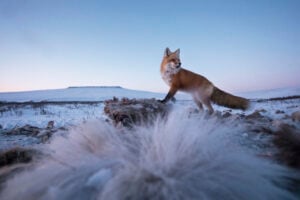
Wildlife
Do not disturb: Practicing ethical wildlife photography
Wildlife photographers on the thrill of the chase — and the importance of setting ethical guidelines
- 2849 words
- 12 minutes
This article is over 5 years old and may contain outdated information.
People & Culture
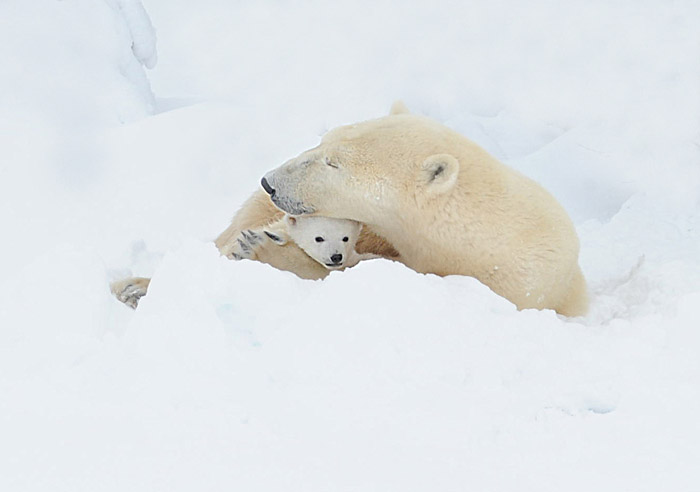
Mike Beedell has spent more summers in the Arctic than elsewhere. He has been guiding trips in Canada’s Arctic, Antarctica, Greenland and other remote areas for 37 years and taking spectacular photographs all the while. His images have been published in Canadian Geographic, National Geographic, Equinox, and many other publications; his work has even appeared in New York’s Times Square.
Next week, Beedell will be presenting some of his best images of polar bears at a Canadian Geographic speaker series event featuring storm chaser George Kourounis.
In June, Beedell will be appearing at another Canadian Geographic event, Wildlife Photography Day — this time with his camera in hand. At the Canadian Museum of Nature on June 8, Beedell and celebrated photographers Michelle Valberg and Scott Linstead will be helping interested amateur photographers practice their technique in informal tutorial sessions around the museum.
Canadian Geographic sat down with Beedell in our office to chat about photography, the wilderness and crawling around on one’s stomach to see what a caterpillar sees.
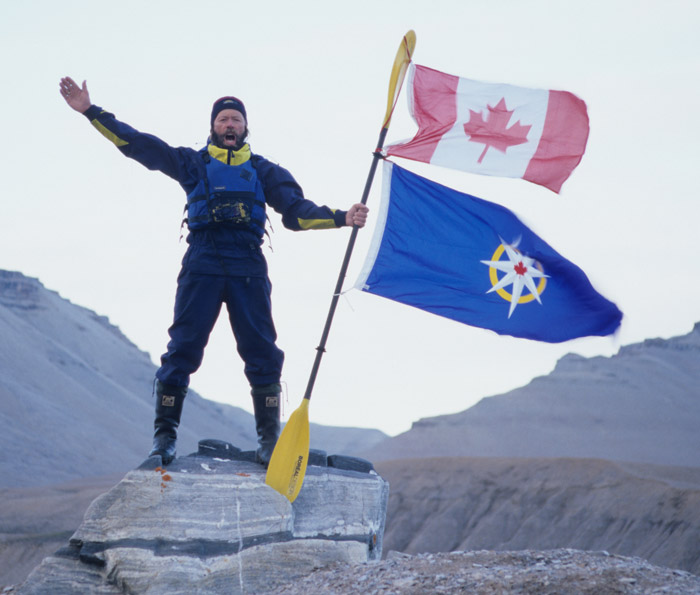
On the power of photography to bring people back to their surroundings:
“As a child I had this tremendous freedom to roam and to do whatever I wanted in a natural setting. I was brought up on the side of the Ottawa River. I had my canoe, and I was able to sit and watch nature. I spent a lot of time watching birds grow, and finding their nests; I would spend a lot of time just observing wild creatures.
“Before I became a photographer, I was a very trained observer of the natural world, and I was completely engrossed in that joy of observation. When I became a photographer in my late teens and early university, I already had a tremendous level of patience and keen observation skills, of watching and appreciating the natural world.
“I’m very concerned about biodiversity on the planet and the way that our landscape is shrinking for wild creatures. My concerns about wetlands, about large landscapes for big predators, all those things inspire me to try and capture the essence of a place and the essence of these wild creatures so that people are aware of what we’re losing.”
On knowing your subject before you shoot:
“It’s all about patience and time. The quality of time is essential to capturing a lot of the essences.
“As a wilderness guide, very often I’m leading people on various journeys, oftentimes, self-propelled journeys; whitewater canoeing, sea kayaking, ski touring…. That’s a really important thing, also, to be self-propelled. That is when you begin to feel the landscape. Mechanical systems take you away from a lot of the experience, as opposed to just propelling yourself.
“If I’m spending time with a particular creature, then I’m aware of the behaviours of that animal. I’ve been asleep on a beach and had a polar bear come right up and put pressure right on my face in my sleeping bag, and opened it to look right in the face of the bear, on a solo trip. So I’ve had those types of sphincter-tightening experiences.”
On wilderness photography, then and now:
“Until only a decade ago, I was shooting with manual cameras, Nikon FM-1s, FM-2s, totally manual, the batteries would last for months at -60°C, -40°C. Now, we’ve got these energy-eating cameras. I have to work with solar panels to rebuild my power if I’m out in a remote wilderness. I have solar panels that rebuild on my kayak. The energy consumption of new camera systems is a big issue.
“Once I was fording a stream and was pulled down. I took the cameras out, dried them over a fire, opened up the base plates, and I shot for another three weeks with those cameras, and everything was fine. Digital systems are much more fragile.
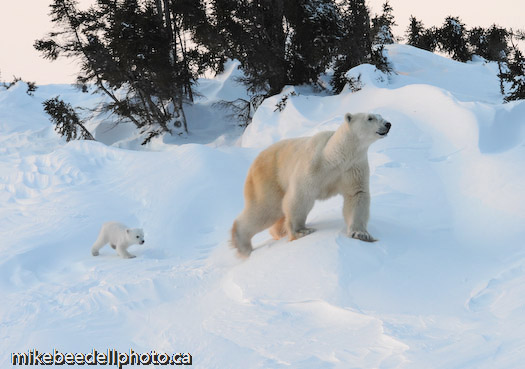
“But there’s tremendous immediacy to digital, to be able to procure the images quickly if needed. I remember one very powerful scene. About a decade ago, we were circumnavigating Bylot Island, which is a 12,000 square mile (31,080 square kilometre) island. It was a five-month journey kayaking and skiing. At one point, I was sitting in about a 5,000 year-old site…. I was envisioning the shamans doing dances to the moon, and sending out their messages. And I was sitting there, sending my images from my camera. I was shooting them tens of thousands of miles to a geostationary satellite over Peru, and then those were being downloaded and going to Telsat Canada in Ottawa and then being disseminated across Canada. And there was a shaman probably dancing there and sending out his messages thousands of years ago.”
Mike Beedell’s wildlife photography tips:
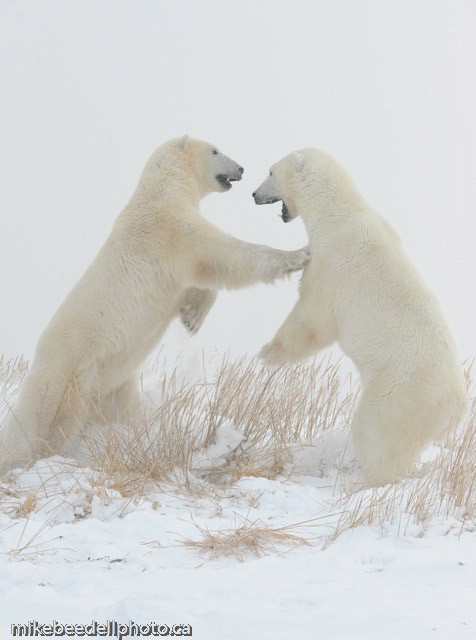
Are you passionate about Canadian geography?
You can support Canadian Geographic in 3 ways:

Wildlife
Wildlife photographers on the thrill of the chase — and the importance of setting ethical guidelines
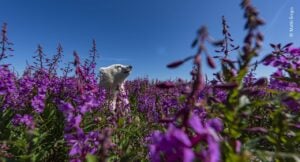
People & Culture
Martin Gregus and Brittany Crossman are two nominees for the prestigious competition developed and produced by the National History Museum
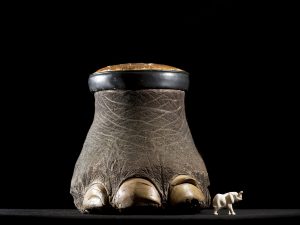
Wildlife
An estimated annual $175-billion business, the illegal trade in wildlife is the world’s fourth-largest criminal enterprise. It stands to radically alter the animal kingdom.
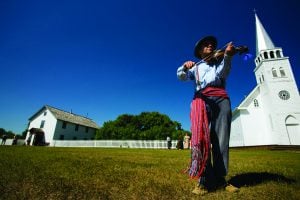
People & Culture
The story of how a critically endangered Indigenous language can be saved